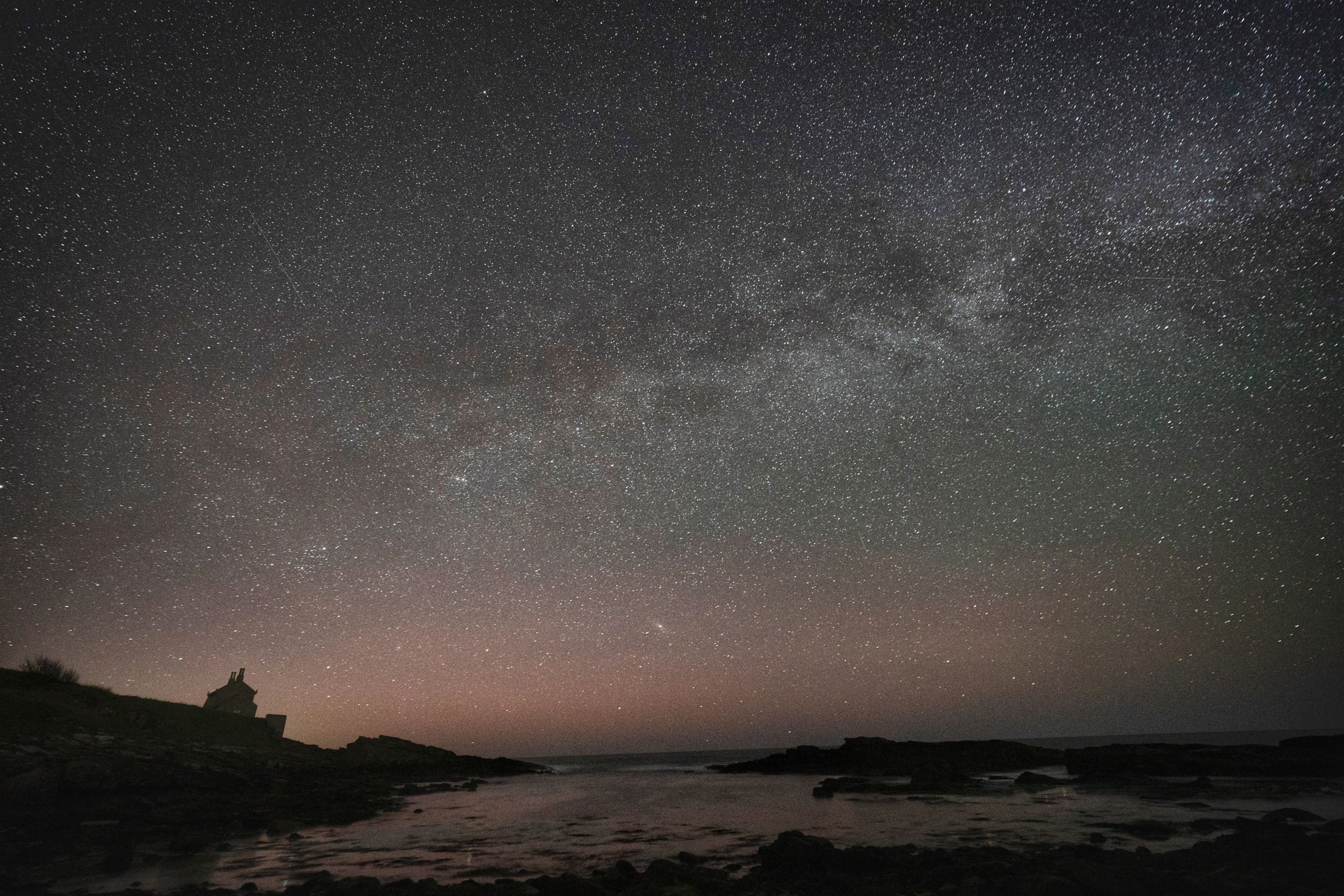Astronomers spot ‘old smokers’ and ‘squalling newborns’ among hidden stars
The scientists made their ground-breaking discovery after monitoring almost a billion stars during a 10-year survey of the night sky.

Your support helps us to tell the story
From reproductive rights to climate change to Big Tech, The Independent is on the ground when the story is developing. Whether it's investigating the financials of Elon Musk's pro-Trump PAC or producing our latest documentary, 'The A Word', which shines a light on the American women fighting for reproductive rights, we know how important it is to parse out the facts from the messaging.
At such a critical moment in US history, we need reporters on the ground. Your donation allows us to keep sending journalists to speak to both sides of the story.
The Independent is trusted by Americans across the entire political spectrum. And unlike many other quality news outlets, we choose not to lock Americans out of our reporting and analysis with paywalls. We believe quality journalism should be available to everyone, paid for by those who can afford it.
Your support makes all the difference.Hidden stars including a new type of elderly giant nicknamed an old smoker, and even some “squalling newborns”, have been spotted for the first time by astronomers.
The mystery objects sit at the heart of the Milky Way galaxy and can exist quietly for decades – fading almost to invisibility – before suddenly puffing out clouds of smoke, researchers say.
The scientists made their ground-breaking discovery after monitoring almost a billion stars during a decade-long survey of the night sky.
Led by Professor Philip Lucas, of the University of Hertfordshire, the researchers also detected dozens of rarely seen newborn stars, known as protostars.
We weren’t sure if these 21 stars were protostars starting an eruption, squalling newborns if you will, or recovering from a dip in brightness caused by a disc or shell of dust in front of the star
Most of these newly spotted stars are hidden from view in visible light by large amounts of dust and gas in the Milky Way.
But infrared light can get through, allowing scientists to see them for the first time.
Prof Lucas said: “About two-thirds of the stars were easy to classify as well-understood events of various types.
“The rest were a bit more difficult so we used ESO’s Very Large Telescope to get spectra of many of them individually.
“A spectrum shows us how much light we can see at a spread of different wavelengths, giving a much clearer idea of what we are looking at.”
Astronomers from the UK, Chile, South Korea, Brazil, Germany and Italy carried out their research with the help of the Visible and Infrared Survey Telescope (Vista) – a British-built telescope at Cerro Paranal Observatory, high in the Chilean Andes, which is part of the European Southern Observatory (ESO).
They kept an eye on hundreds of millions of stars and analysed 222 that showed the largest changes in brightness.
The team found 32 erupting protostars that increased in brightness at least 40-fold, and in some cases more than 300-fold.
Most of the eruptions are ongoing, which means astronomers can analyse a large batch of these mysterious events throughout their life.
The study also discovered something completely unexpected – 21 red stars near the centre of the Milky Way that showed ambiguous changes in brightness during the 10-year survey.
Prof Lucas said: “We weren’t sure if these 21 stars were protostars starting an eruption, squalling newborns if you will, or recovering from a dip in brightness caused by a disc or shell of dust in front of the star.
“A third option was that they were older giant stars throwing off matter in the late stages of their life, puffing out gas like old smokers.”
Analysis revealed they were in fact a new type of red giant star.
Professor Dante Minniti, from Andres Bello University, Chile, founder of the VVV survey, said: “These elderly stars sit quietly for years or decades and then puff out clouds of smoke in a totally unexpected way.
“They look very dim and red for several years, to the point that sometimes we can’t see them at all.”
Prof Lucas said the discoveries could change what we know about the way that elements are distributed across space.
He added: “Matter ejected from old stars plays a key role in the life cycle of the elements, helping to form the next generation of stars and planets.
“This was thought to occur mainly in a well-studied type of star called a Mira variable.
“However, the discovery of a new type of star that throws off matter could have wider significance for the spread of heavy elements in the Nuclear Disc and metal-rich regions of other galaxies.”
The findings are published in the Monthly Notices Of The Royal Astronomical Society.